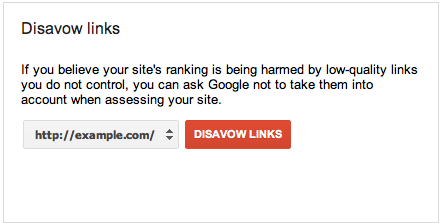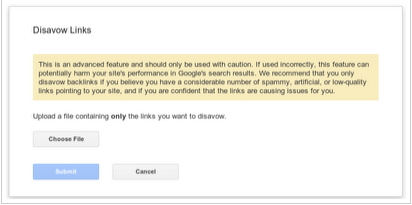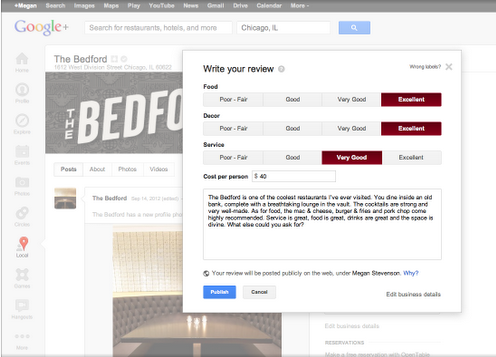Hello Friends, I have updated the quick approval do follow article list here.
http://www.zimbio.com
http://hubpages.com/
http://www.articlecompilation.com
http://www.amazines.com/
http://www.goarticles.com/
http://www.ezinemark.info/
http://www.knoji.info/
http://www.snipsly.info/
http://www.amazines.info/
http://www.ezinemark.info/
http://www.expertscolumn.info/
http://www.articlesxpert.info/
http://www.gpoaccess.info/
http://www.amazonarticles.info/
http://www.wikipediaarticles.info/
http://www.ebayarticles.info/
http://www.twitterarticles.info/
http://www.supperarticles.info/
http://www.aolarticles.info/
http://www.paypalarticles.info/
http://www.msnarticles.info/
http://www.bankofamericaarticles.info/
http://www.weatherarticles.info/
http://www.foxnewsarticles.info/
http://www.microsoftarticles.info/
http://www.fastlinkmaker.com/
http://officearticles.info/
http://www.articlevoid.com/
http://xgbook.com/
http://www.wowarticle.com
http://www.0qq.org/
http://articlehummer.com/
http://googlearticle.com/
http://articleaeg.com
http://articleyandex.com/
http://chromearticle.com/
http://microsoftarticle.com/
http://www.onlinearticlesubmission.com/
http://www.artipot.com/
http://www.instantapprovalarticles.com/











